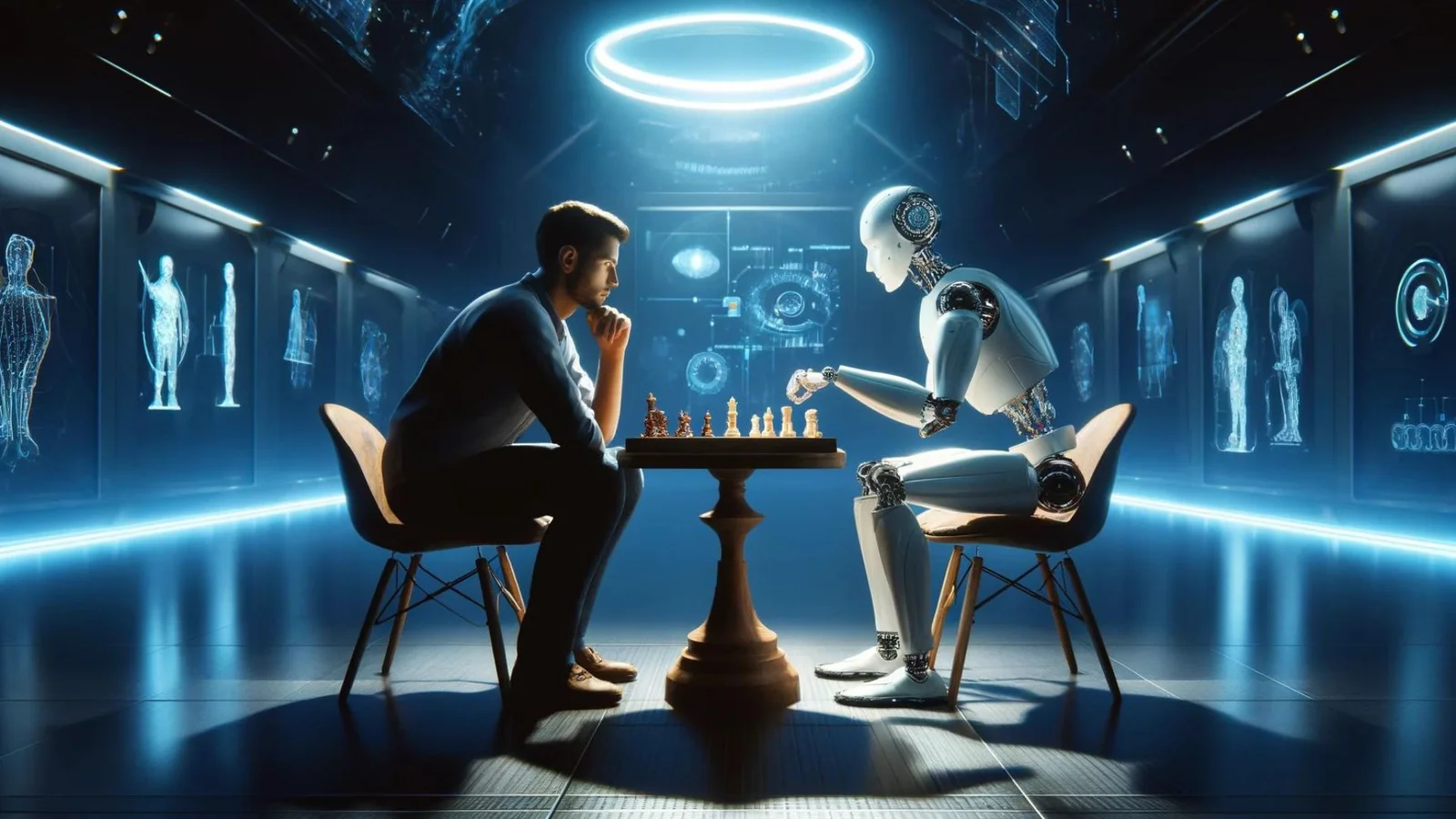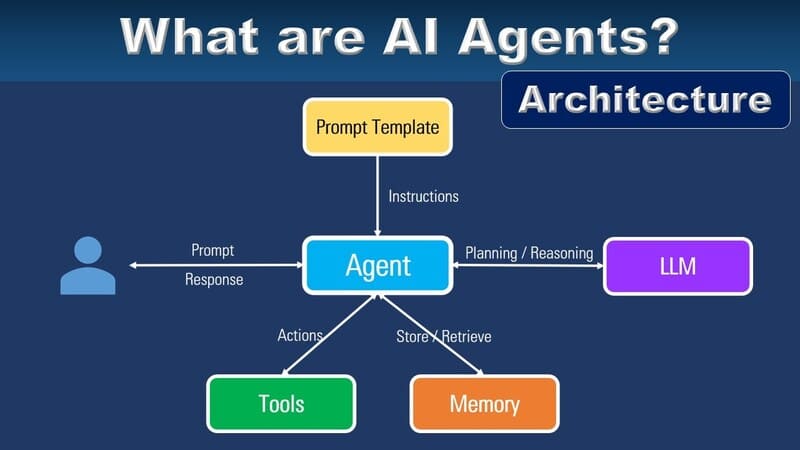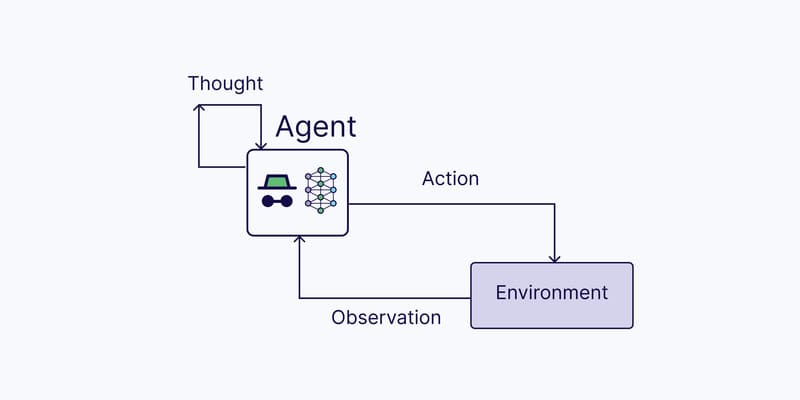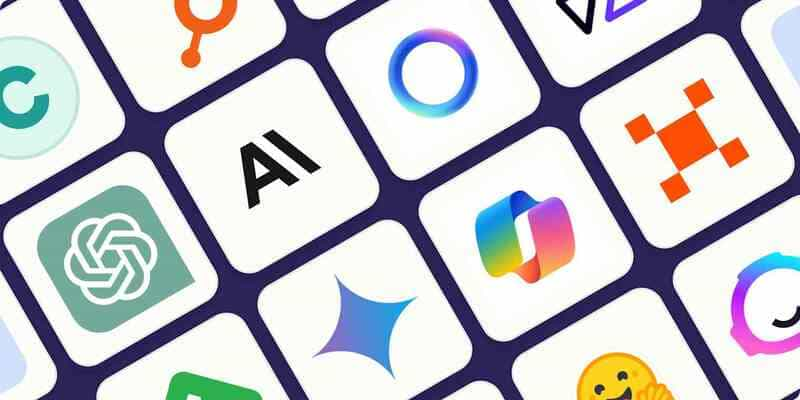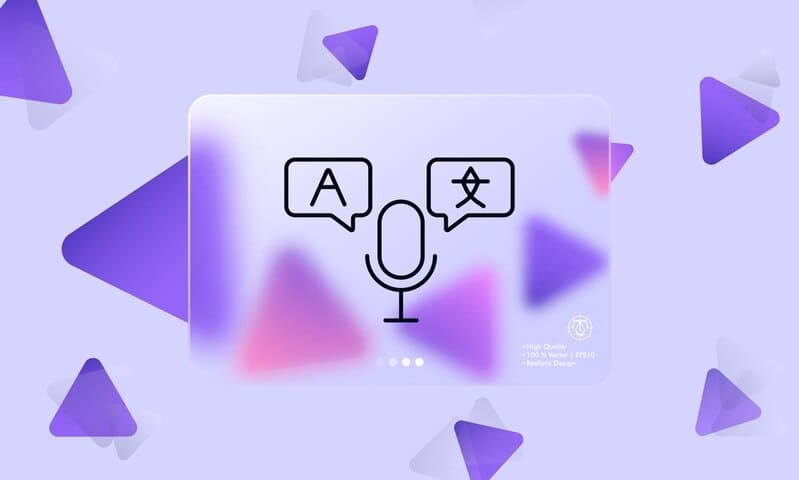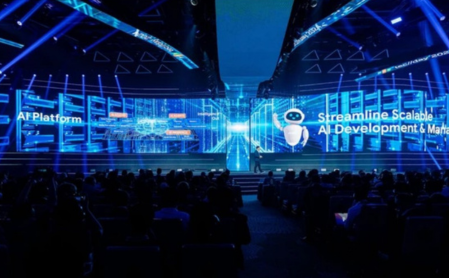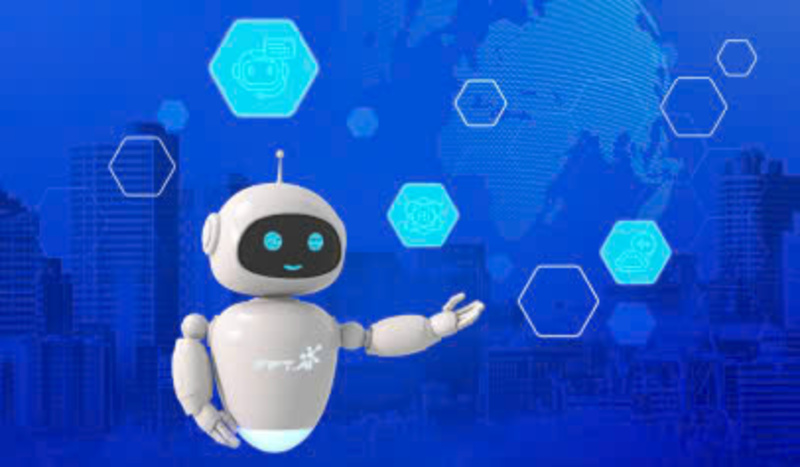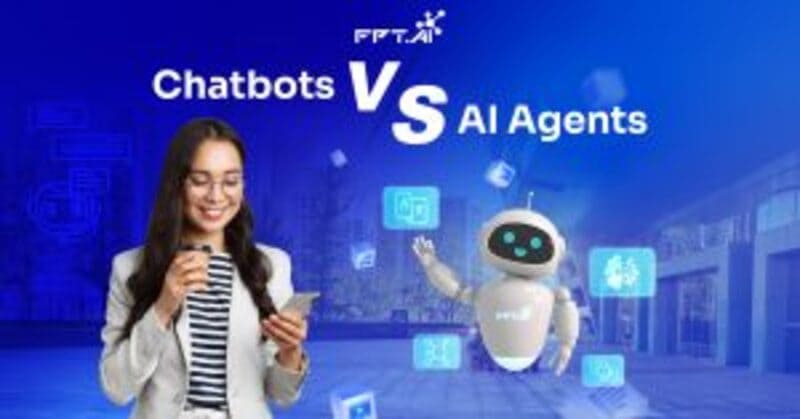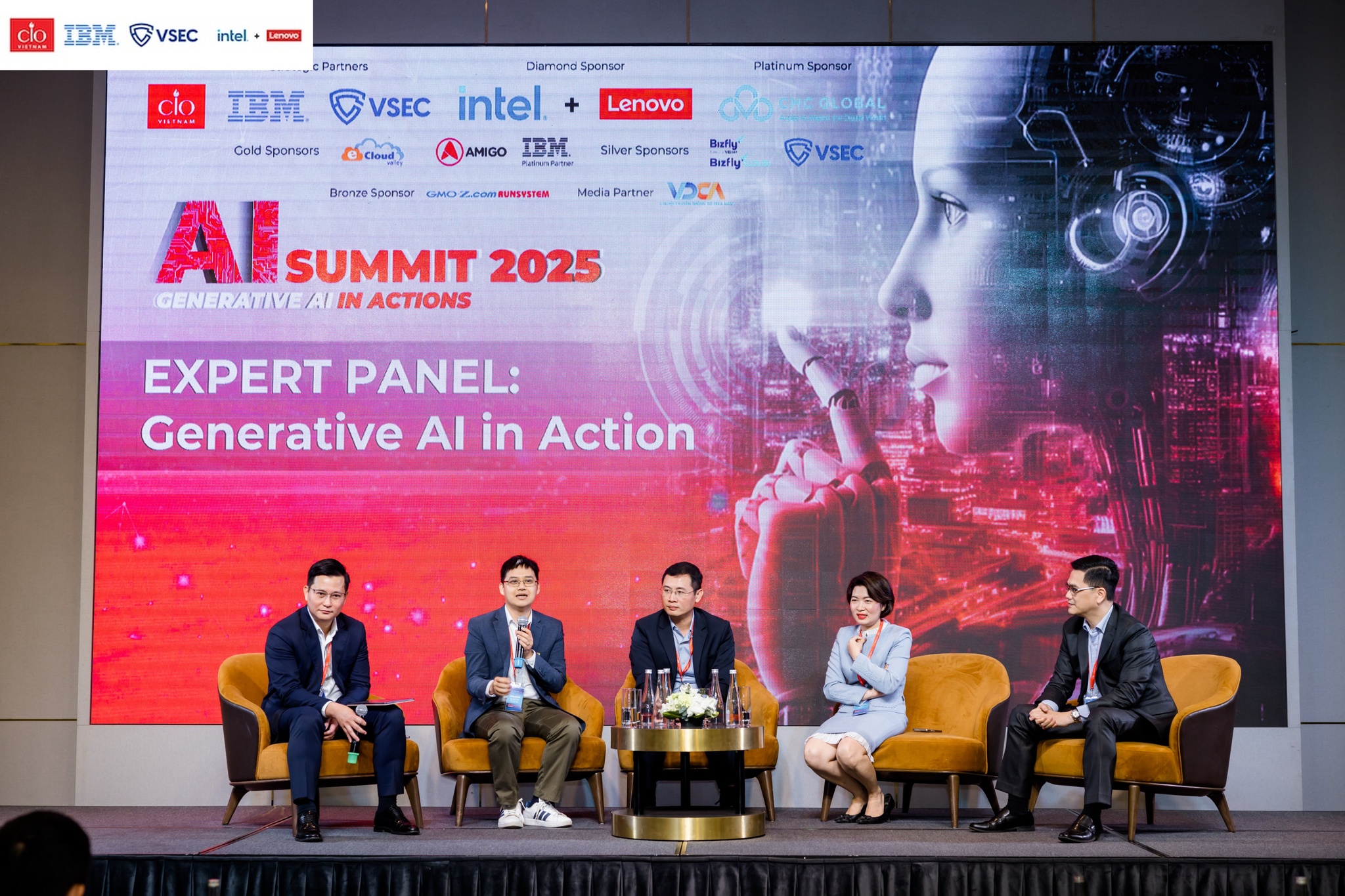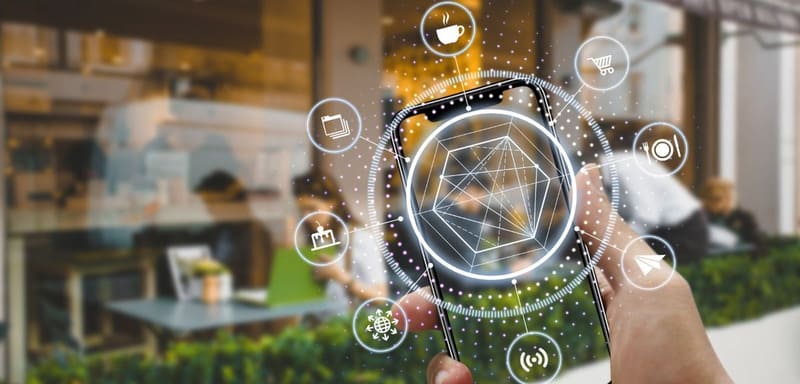Computer Vision is one of the rapidly developing fields in computer science and artificial intelligence. Although it cannot yet be compared to human vision, this technology has created many useful applications, including image recognition, object detection, etc. In this article, FPT.AI will explore with you what Computer Vision is and how this technology works. Read now!
What is Computer Vision? Why is Computer Vision Important?
Computer Vision is a technology that allows computers to capture, process, analyze and recognize images and videos from many sources such as surveillance cameras, security systems, scanners, medical devices, etc. Thanks to the application of artificial intelligence (AI), machine learning and deep learning, this technology can automatically recognize objects, identify faces, classify images, monitor and detect events with high accuracy.
Previously, image processing required humans to manually tag thousands of images with data points such as nose width or distance between eyes. Automating these tasks requires a lot of computing power because image data is unstructured and very complex for computers to organize. This makes the application of Computer Vision expensive and inaccessible to many organizations
Today, thanks to the development of AI and cloud computing, image data processing using Computer Vision has achieved high accuracy at large scale and become more accessible. This technology is widely applied in finance (identity verification), insurance (fraud detection), manufacturing (product defect inspection), healthcare (medical image analysis), etc., contributing to improving efficiency, reducing costs and promoting innovation in the digital age.
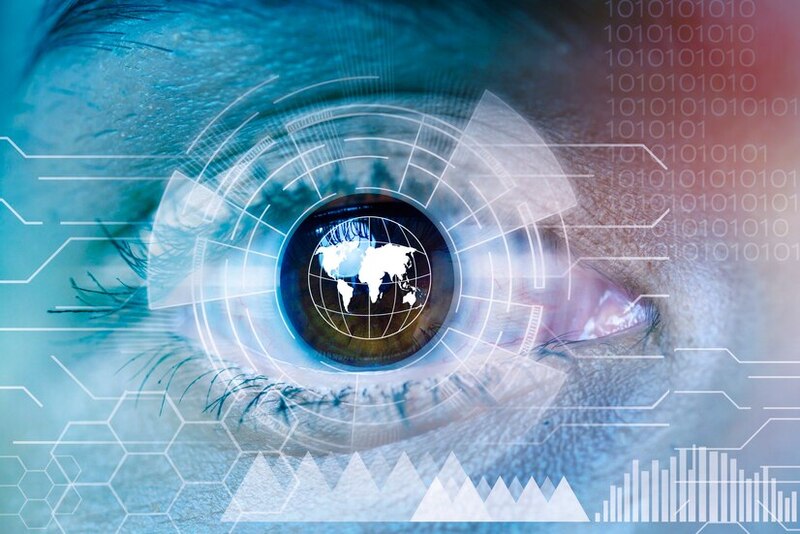
>>> EXPLORE: What is Generative AI? Trends in Applying GenAI from 2024 to 2027
How does Computer Vision work?
Computer Vision helps computers “see” and “understand” images by converting visual data into meaningful information. While humans recognize objects based on experience and context, computers only see images as a collection of colored pixels (RGB). Therefore, algorithms are needed to help machines analyze and recognize images the way humans do.
This process begins with data collection and normalization, ensuring the best image quality by adjusting brightness, cropping, and removing noise.
The core technology of Computer Vision is a convolutional neural network (CNN). When a CNN processes an image, each layer in the network extracts features from the pixels. The first layer recognizes basic elements such as vertical and horizontal edges. As the network goes deeper, it discovers more complex features such as corners and shapes. The final layers identify specific objects such as faces, doors, or cars. Finally, the output provides a table of numerical values representing the probability of each object in the image.

The strength of computer vision is the ability to learn from labeled data and derive object recognition rules without manual programming. For example, after analyzing millions of images of tires, the system can accurately recognize even tires with small differences in size or color.
In general, Computer Vision is not simply “seeing” but also understanding and acting on what it recognizes. This technology uses powerful algorithms and modern computing power, overcoming many human limitations in processing and analyzing image data.
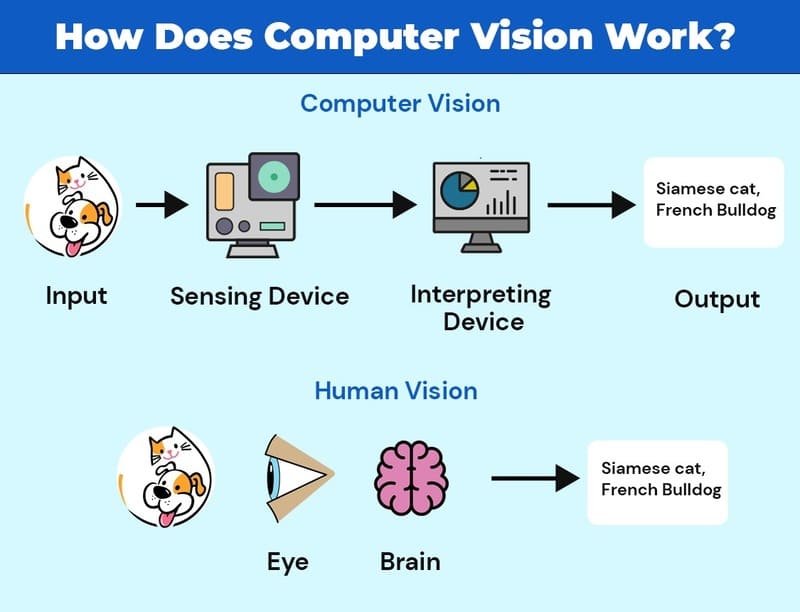
>>> EXPLORE: Optimizing handwriting recognition with OCR tool FPT AI Read
Practical Applications of Computer Vision
Computer Vision, with its ability to analyze and understand images, has become the foundation of many real-life applications.
Google Photos uses computer vision to allow users to search for objects or scenes in their photo library using simple keywords like “dog” or “sunset”. Adobe Lightroom leverages Machine Learning to detect objects in images and sharpen important features after zooming in.
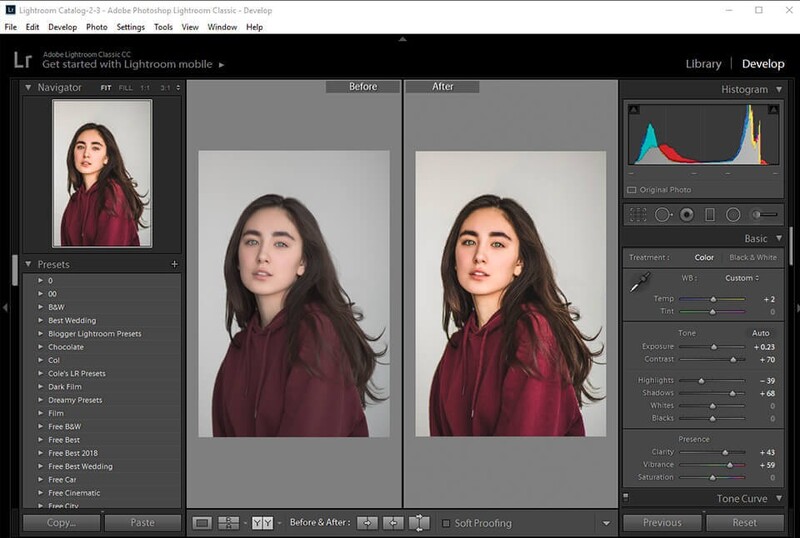
Google Translate also integrates Computer Vision to provide real-time translation services. Users simply point their phone camera at a sign or text in a foreign language, and the system will extract the content through OCR (Optical Character Recognition) technology and translate it into the desired language almost instantly.
Tesla’s self-driving cars also incorporate computer vision to recognize traffic signs, lanes, pedestrians, and other vehicles, and make accurate decisions in real time. Semi-autonomous systems also use Computer Vision to monitor drivers, detect signs of fatigue or distraction.
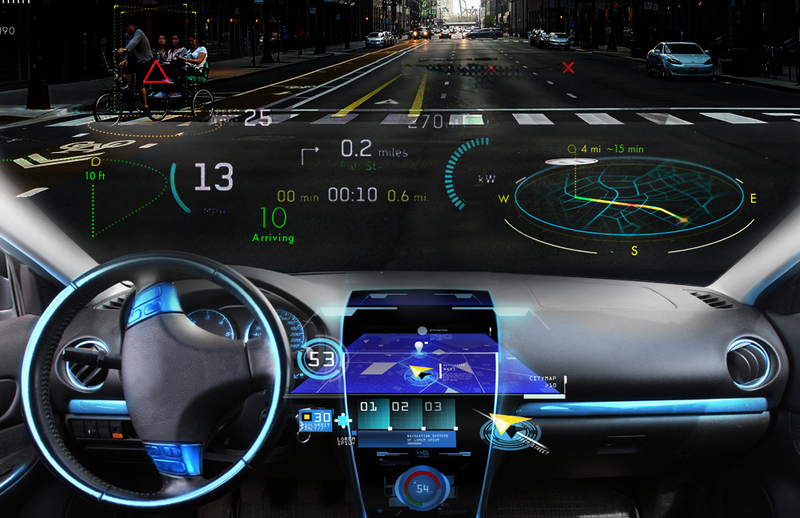
In the medical field, Computer Vision is widely used to analyze X-ray, MRI, and CT scan images. Deep learning algorithms help doctors detect early diseases such as cancer, tumors, or abnormalities in body structure, contributing to improving treatment effectiveness and prolonging patient life.
Computer Vision is also used for facial recognition (Apple Face ID and Facebook), unlocking devices, and verifying identity at airports, border gates, or ATMs.
FPT AI Read is a solution that applies computer vision technology and optical character recognition (OCR) to digitize photo files, PDF files into Word files with an accuracy of up to 98%. The system supports the identification and extraction of information from more than 30 different types of documents such as ID cards, CCCDs, passports, driver’s licenses, vehicle registration papers, invoices and insurance documents.
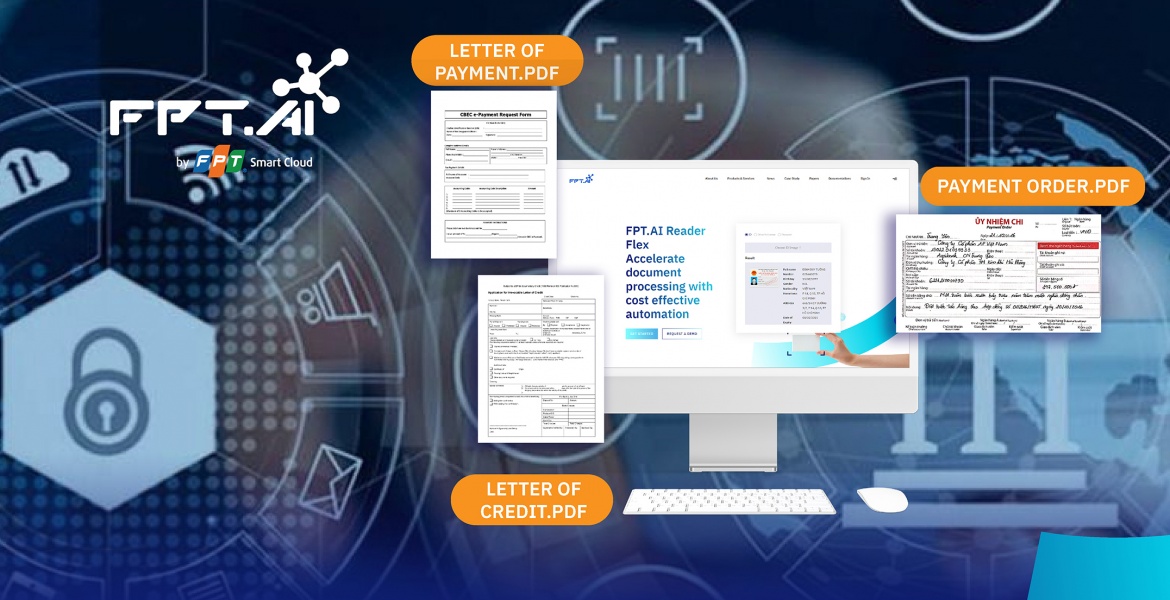
FPT.AI Car Damage applies Computer Vision and Deep Learning to support insurance companies in assessing, identifying types of damage such as breaks, dents, scratches and assessing the level of damage at 12 common locations such as hood, headlights, taillights, mirrors, rear of the car, wheels and chassis. The solution can also clearly distinguish between real and fake accidents to minimize errors in the compensation process, quickly providing quotes for easily assessed damages.

FPT AI eKYC is a solution that applies Computer Vision technology, facial recognition technology and Liveness Detection to compare selfie photos with biometric data on identification documents such as ID cards, CCCD, allowing customers to open accounts at home, withdraw money, deposit money or check balances at ATMs without using physical cards or PIN codes.

>>> EXPLORE: Review TOP 6 OCR software for phones and computers
Challenges and Limitations of Computer Vision
Current computer vision systems are quite good at classifying images and locating objects in images when trained with enough data. However, at their core, they are still deep learning algorithms that work primarily by comparing pixel patterns rather than actually “understanding” the content of an image.
Recognizing relationships between people and objects in image data requires background knowledge and human-like perception. This is why computer vision algorithms on social media can detect nudity but struggle to differentiate between art or breastfeeding and prohibited pornography. Similarly, they struggle to differentiate between extremist propaganda and documentaries on the subject.
Humans can leverage their general knowledge to handle new situations they have not encountered before. Meanwhile, computer vision algorithms must be given detailed instructions on what objects to recognize. When they encounter things that are not in the training data, they may react irrationally, such as failing to recognize an emergency vehicle parked in an unusual location.
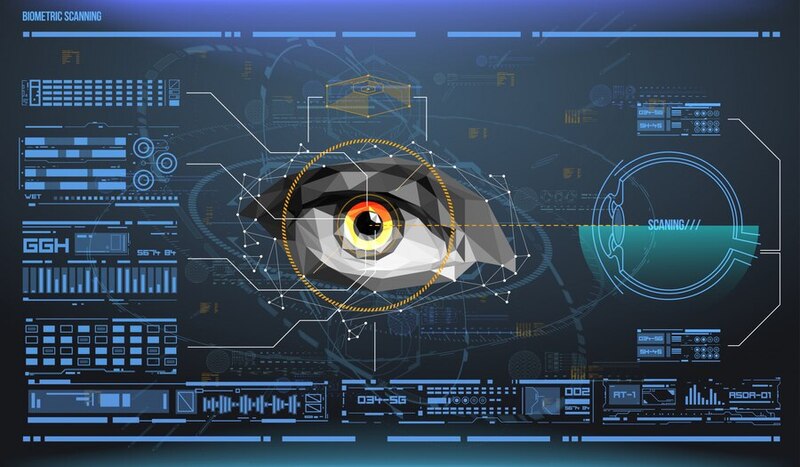
Currently, the only way to overcome these limitations is to provide more training data, in the hope of expanding the AI’s recognition range. However, reality shows that without contextual awareness, there will still be rare cases that the algorithm cannot handle correctly.
Many experts believe that to achieve true computer vision, it is necessary to develop artificial general intelligence (AGI), an AI that can solve problems like humans.
AI researcher Melanie Mitchell once commented in Artificial Intelligence: A Guide to the Human Mind: “It seems that visual intelligence is inseparable from general intelligence, especially background knowledge, abstract thinking, and language skills. Moreover, it is possible that the knowledge necessary for human visual intelligence cannot be learned from millions of images on the Internet, but must be acquired through real-life experience.”
The challenges of implementing Computer Vision do not mean that we should stop researching. On the contrary, to overcome the limitations, Computer Vision needs to be integrated with other advanced technologies and must be experienced in the real world, instead of just relying on images downloaded from the web. This will help this technology increase its power, improve its accuracy to become more and more intelligent and useful in complex fields. Hopefully, FPT.AI’s article has brought you useful information!
———————————-
? Experience other products of #FPT_AI at: https://fpt.ai/vi
? Address: 7th Floor, FPT Tower, No. 10 Pham Van Bach, Cau Giay District, Hanoi City // 3rd Floor, Pijico Building, 186 Dien Bien Phu, Ward 6, District 3, Ho Chi Minh City.
☎ Hotline: 1900 638 399
? Email: support@fpt.ai
>>> EXPLORE:






